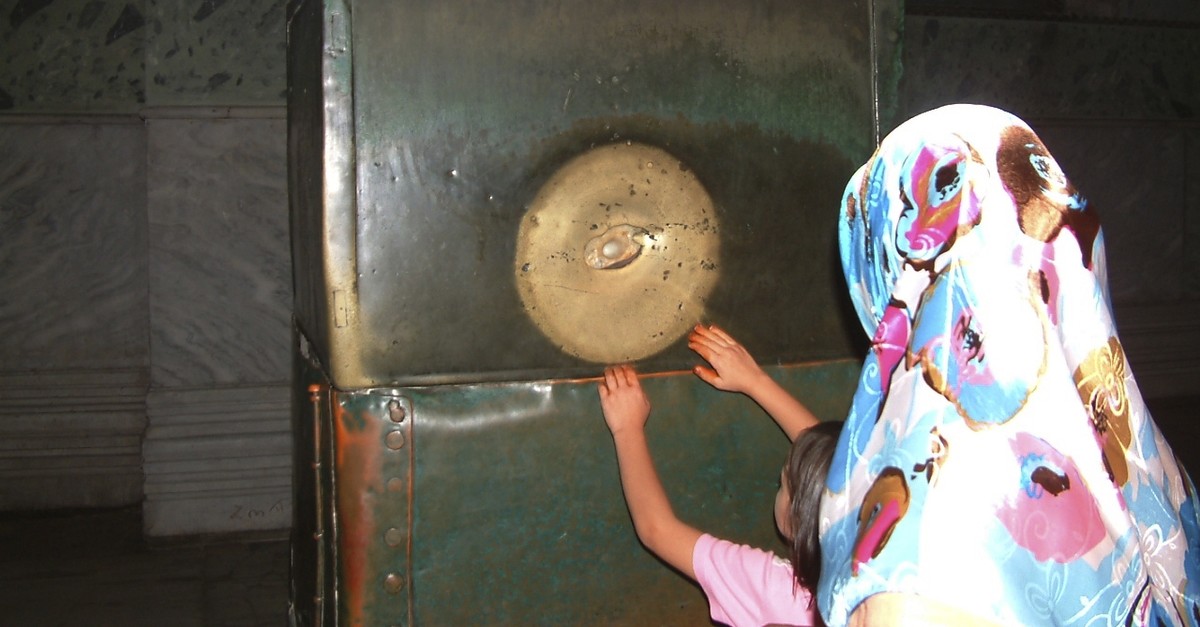
When it was built in the 6th century upon the orders of by the Byzantine Emperor Justinian I, Hagia Sophia was the most grand building in the world. Hosting numerous civilizations throughout time, Istanbul is the melting pot of cultures and history, and the Hagia Sophia is a perfect synthesis where one can observe both Ottoman and Byzantium culture under one great dome.
When the modern Republic of Turkey was founded, the Hagia Sophia was turned into a mosque after the conquest of the city by the Ottoman Empire. Today it has been transformed into a museum, welcoming millions of tourists every year from all over the world.
As a tourist, when you start wandering the historic rooms of the Hagia Sophia, you can't help but notice a line of people waiting to get close to a stone column with a tiny hole in it. This column is called the "wishing column," or "weeping column," and it is believed that when you stick your thumb and spin a full circle, your wish will come true.
It is not surprising that such a building bears some kind of superstition. At first glance, the column is an ordinary one. It faces the northwest of the building and there is a bronze plate around the place where the hole is located. It is said that the column was from Ephesus, one of the greatest ancient civilizations ever built in Anatolia.
The superstitious column dates far back and it once had different attributes. According to one of the most common legends, Emperor Justinian, wandering in the building with a severe headache, leaned his head on this column and after a while he realized that the headache was gone. With that, people started to believe that the column had a healing effect.
Also, the Byzantines strongly believed that the moisture around the column is actually from the tears of the Virgin Mary.
Fast-forward to the Ottoman conquest of Istanbul and the superstitions surrounding the Hagia Sophia and the column continue to haunt the new residents of the city. When the decision came that the cathedral would be turned into an Ottoman mosque, a new legend sprouted.
Churches face east and so does the Hagia Sophia. But mosques are supposed to face the Kaaba in Mecca and, in Istanbul's care, it is in the southeast. So when it was time to convert the Hagia Sophia into a mosque, a system inside the column appeared which would enable the building to be turned to the Kaaba. But when a mysterious man who was about to turn the building was seen by a local, the man had to disappear and the Hagia Sophia could not be turned. Hence, people started to believe that if you stick your thumb inside the hole in the column and make a wish, your wish would come true.
